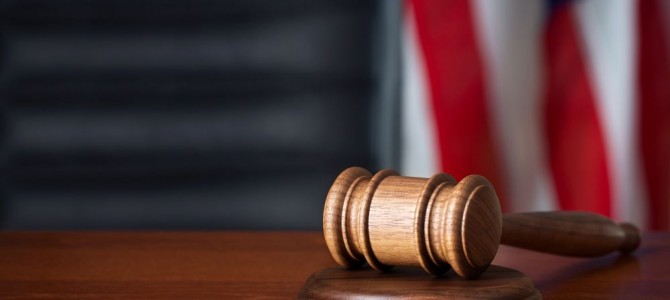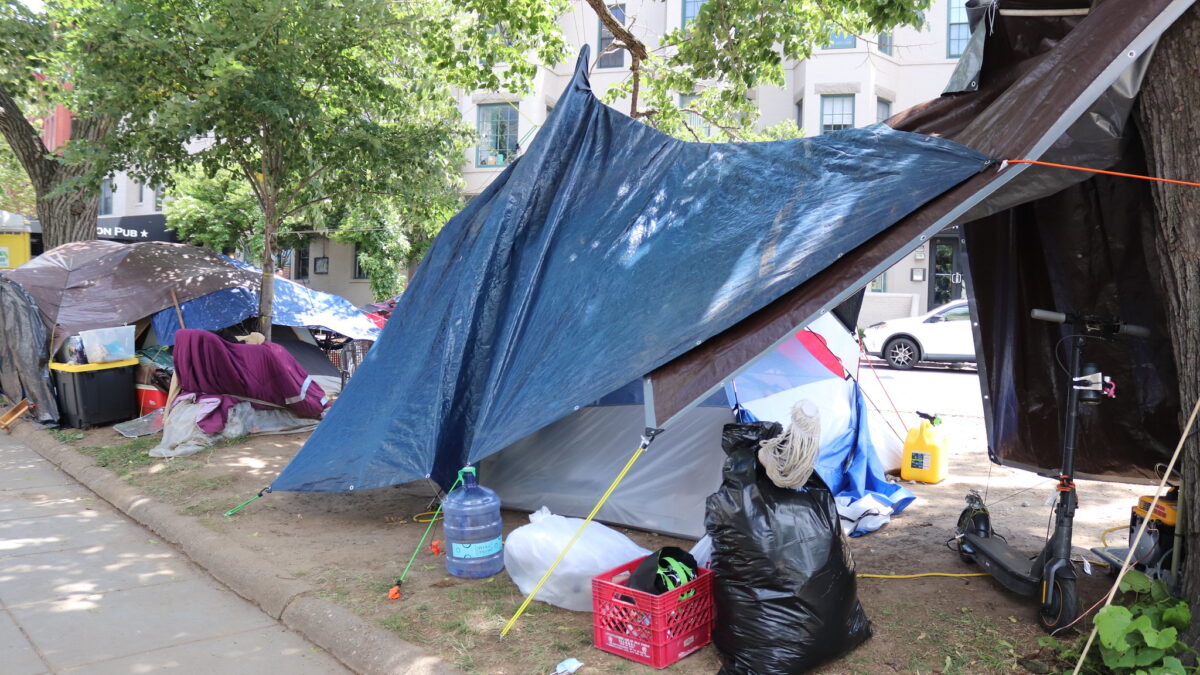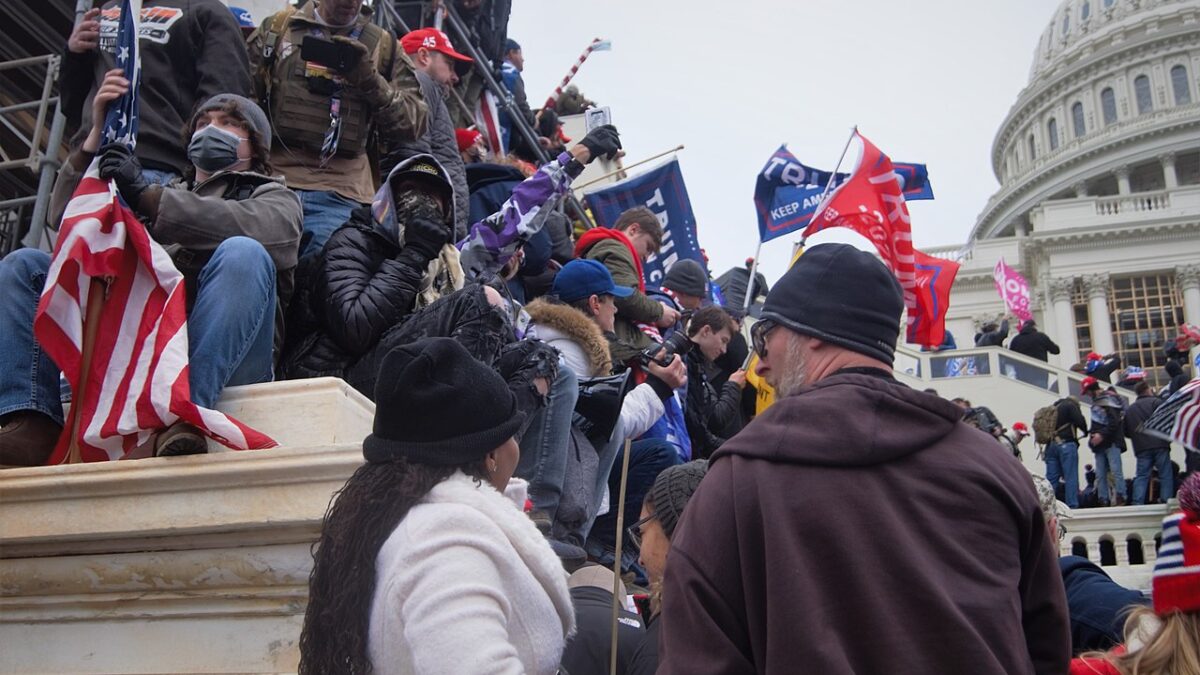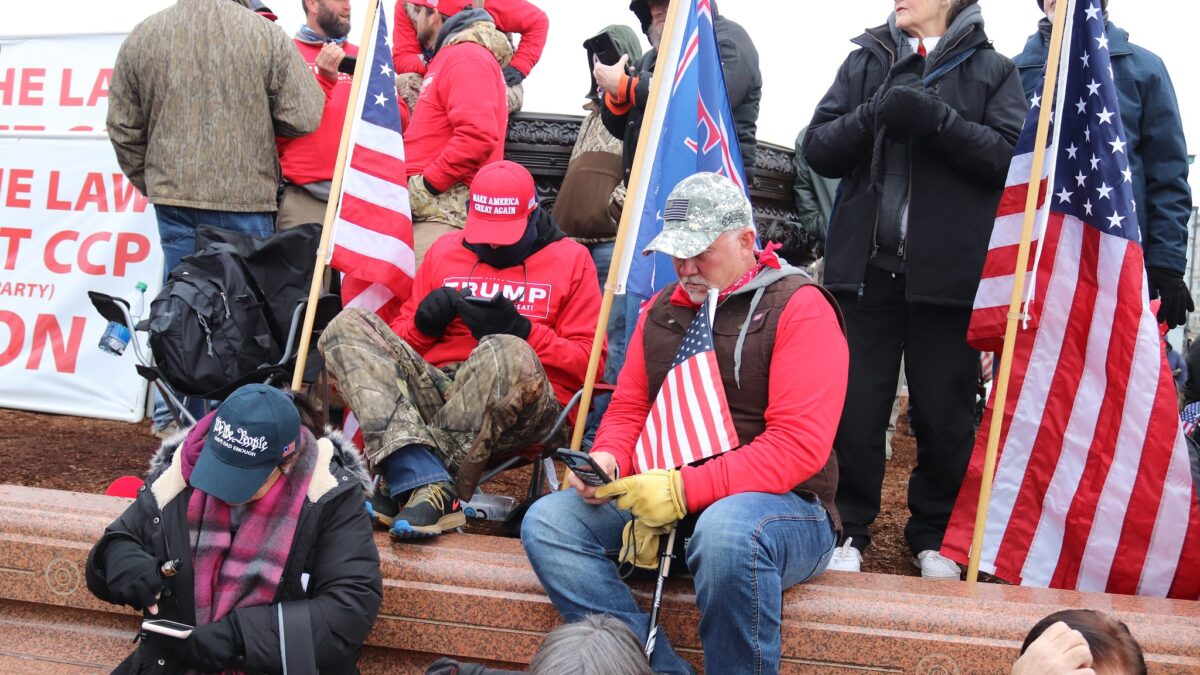
The day conservatives were waiting for has finally arrived: Supreme Court Justice Anthony Kennedy has announced his retirement. President Trump now faces the legacy-defining decision of whom he should nominate to replace him. In all likelihood, the new justice will tip the balance in many of the Court’s most salient cases, as Trump will no doubt endeavor to select someone in the conservative vein of Justices Antonin Scalia and Clarence Thomas.
Trump updated his list of potential Supreme Court nominees in November 2017. This list includes twenty-four judges and Republican Sen. Mike Lee, whose Utah Supreme Court justice brother also made the list. The list leaves out a few luminaries of judicial conservatism, such as Jeffrey Sutton of the Sixth Circuit. Sutton irritated some in the conservative establishment by upholding the Affordable Care Act under the Supreme Court’s expansive Commerce Clause jurisprudence, and then drew the ire of liberals by refusing to strike down states’ traditional marriage laws.
There is always a possibility that Trump will reach for a name not currently on his most recently expanded list — it wouldn’t be the first time that he has surprised the nation. But Trump will probably stick to his list.
Even so, not every name on the list has equal odds of warming a seat on the Supreme Court. Any actuary could tell you that some members of the list are too old to serve on the Supreme Court for as extended a time as, say, the fifty-year-old Justice Gorsuch. This crude fact quickly strikes several names off the list — Robert Young Jr. (born 1951), Frederico Moreno (born 1952), and Charles Canady (born 1954) come to mind. Otherwise promising candidates such as Diane Sykes (born 1957) will likely fail to gain traction for this reason.
Then the political calculations come into play. Justice Neil Gorsuch’s nomination from Colorado makes it less likely Trump will tap yet another Westerner for the Court. His base remains in the South and the Midwest. Ten particularly outstanding candidates from the list come to mind: five from the South; four from the Midwest; and one establishment pick from the Beltway.
The Southerners
In the South, the primary contenders are Don Willett of the Fifth Circuit, Amul Thapar of the Sixth Circuit, Kevin Newsom and William Pryor of the Eleventh Circuit, and Britt Grant of the Georgia Supreme Court (of the Eleventh Circuit whenever Republican [sic] Senator Jeff Flake stops using her confirmation as leverage for trade policy).
Don Willett is a true Texan. Although his anti-Trump tweets may come back to bite him, Willett’s wit and charm are evident throughout his many tweets and judicial opinions. Once, he even saved a man choking at a Chick-Fil-A. Amul Thapar may have the inside track, however, due to his close relationship with Sen. Mitch McConnell, who represents Thapar’s home state of Kentucky. McConnell made sure that Thapar, then a district court judge, received consideration for the Scalia seat and ensured that he was Trump’s first confirmed circuit court judge. As a former U.S. Attorney for the Eastern District of Kentucky, Thapar understands the intricacies of federal criminal procedure backwards and forwards.
Given the flakey antics of certain Republican senators, Trump may look for a nominee who has already received bipartisan support. Kevin Newsom fits that bill. Newsom sailed out of the Senate Judiciary Committee with an 18-2 vote and won confirmation with a 68-26 vote. Plus, either Willett or Newsom, who respectively have ties to the Baptist universities of Baylor and Samford, would serve as the only evangelical on the court. This would add religious diversity to the court: every justice is either Catholic or Jewish except for Gorsuch, who grew up Catholic but started attending Episcopalian services after marrying his English wife.
William Pryor, a devout Catholic and fan of Alexander Hamilton long before “Hamilton” premiered, nearly earned the Scalia seat. Pryor cares deeply about the rule of law and led the effort to remove Roy Moore from the Alabama Supreme Court for defying federal law (before we all learned about Moore’s creepy antics).
While Pryor would have provided a more consistent vote than Gorsuch in criminal cases, he narrowly missed out on that nomination. But underestimating Pryor’s odds of reaching the Supreme Court might be as dangerous as thinking his beloved Crimson Tide had no chance to overcome a thirteen-point deficit at the halftime of the college football national championship game.
Britt Grant, the final Southerner, has a star-studded resume: a clerkship with Brett Kavanaugh (another member of the list), service in the Bush administration, leadership of the Georgia Solicitor General’s Office, and a solid track record on the Georgia Supreme Court. And she has accomplished all this by the age of forty. If the senator born in Snowflake, AZ, does not have any real objection to Grant’s nomination to the Eleventh Circuit, she should become a strong contender for this or future vacancies.
The Midwesterners
Although Trump won his surprise victory in 2016 by flipping several Midwestern states, no Supreme Court justice hails from the Midwest. Possible contenders from the Midwest include Thomas Hardiman of the Third Circuit, Raymond Kethledge and Joan Larsen of the Sixth Circuit, and Amy Coney Barrett of the Seventh Circuit.
Thomas Hardiman is the frontrunner from this group. Trump’s sister serves on the Third Circuit with Hardiman and pushed for his nomination last year. The selection of the runner-up for the Scalia seat might also invigorate the western Pennsylvania electorate heading into the midterms. Raymond Kethledge did not advance quite as far as Hardiman the last time around. But Kethledge has continued to impress on the bench and in the press with his new book on leadership.
Joan Larsen and Amy Coney Barrett are both former Scalia clerks in their late forties with promising careers ahead of them on the federal bench. Larsen has the edge in time already on the bench; Barrett assumed judicial office for the first time in November 2017. Barrett, nevertheless, is the darling of conservative Catholics.
“[T]he dogma lives loudly within” her, remarked Democratic Sen. Dianne Feinstein, mocking Barrett’s religious beliefs during confirmation hearings. Republicans could count on Barrett to provide a solid socially conservative vote. More time on the federal bench will only strengthen Larsen and Barrett’s credentials.
The Establishment
Just as Gorsuch snuck onto a later Trump list after not making the initial cut, so too has Brett Kavanaugh of the D.C. Circuit. Kennedy is Kavanaugh’s former boss. The double-Yalie has many of the markers we have come to expect for a Supreme Court Justice. A Rubio or Jeb administration would have included him on the shortlist from the get-go. Kavanaugh’s work on the Starr Report notwithstanding, he has proven a reliable neoconservative vote on the D.C. Circuit for a strong Executive in both foreign policy and management of the expansive administrative state. The latter opinion, in particular, earned him the praise of libertarians within the Federalist Society who have tried for years to rein in the administrative state.
However, the major concern with Kavanaugh is whether he will drift left on social policy as Kennedy did. Justices who care too much about what the D.C. cocktail circuit or legal academia think about them tend to compromise their fundamental principles. This Greenhouse effect, named after Linda Greenhouse who long covered the Supreme Court for the New York Times, has plagued establishment Republican nominees since Justice David Souter.
Unlike Jeffrey Sutton or other nominees on Trump’s list, Kavanaugh has studiously avoided controversial social policy issues. When Kavanaugh was tasked with handling a motion on whether a young illegal alien had a right to an abortion in the United States, his resolution to the case was to kick the can down the road until after October 31 — Kavanaugh’s last day serving on the motions panel. After the D.C. Circuit took Garza en banc, Kavanaugh still refused to join Judge Henderson’s dissent which explained how the illegal alien (who could not obtain an abortion in her home country) did not have a right to an abortion here. Kavanaugh’s vote in Garza might give social conservatives pause about his potential nomination to the Court.
For further insights into the judicial horserace, consider following FantasyJustice, which successfully pegged Gorsuch as the leader and Pryor as a close miss for the Scalia seat. Other potential nominees currently on the outside looking in, such as Allison Eid or the Lee brothers, remain in contention.
The final decision, of course, belongs to the man who knows the art of the deal.









